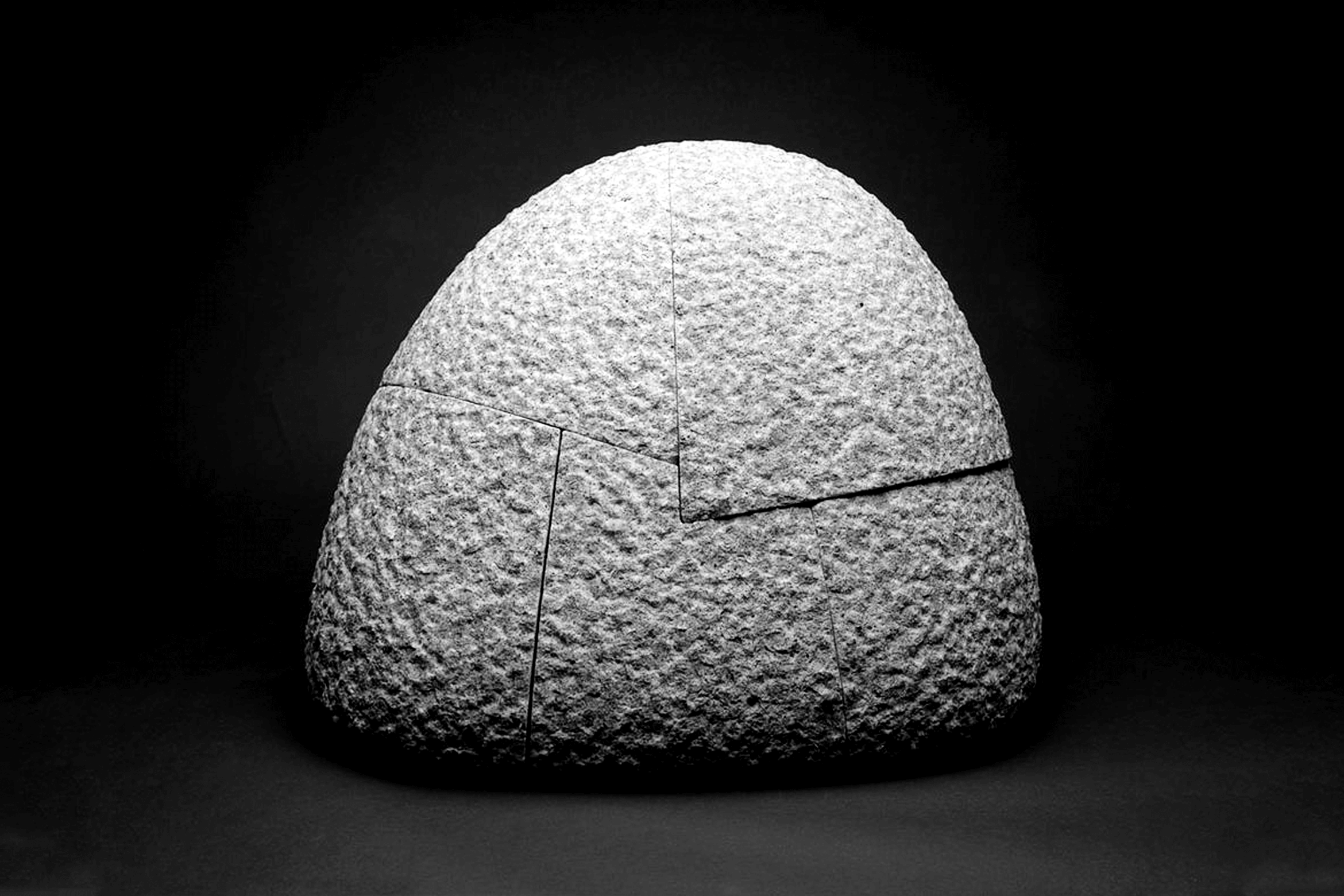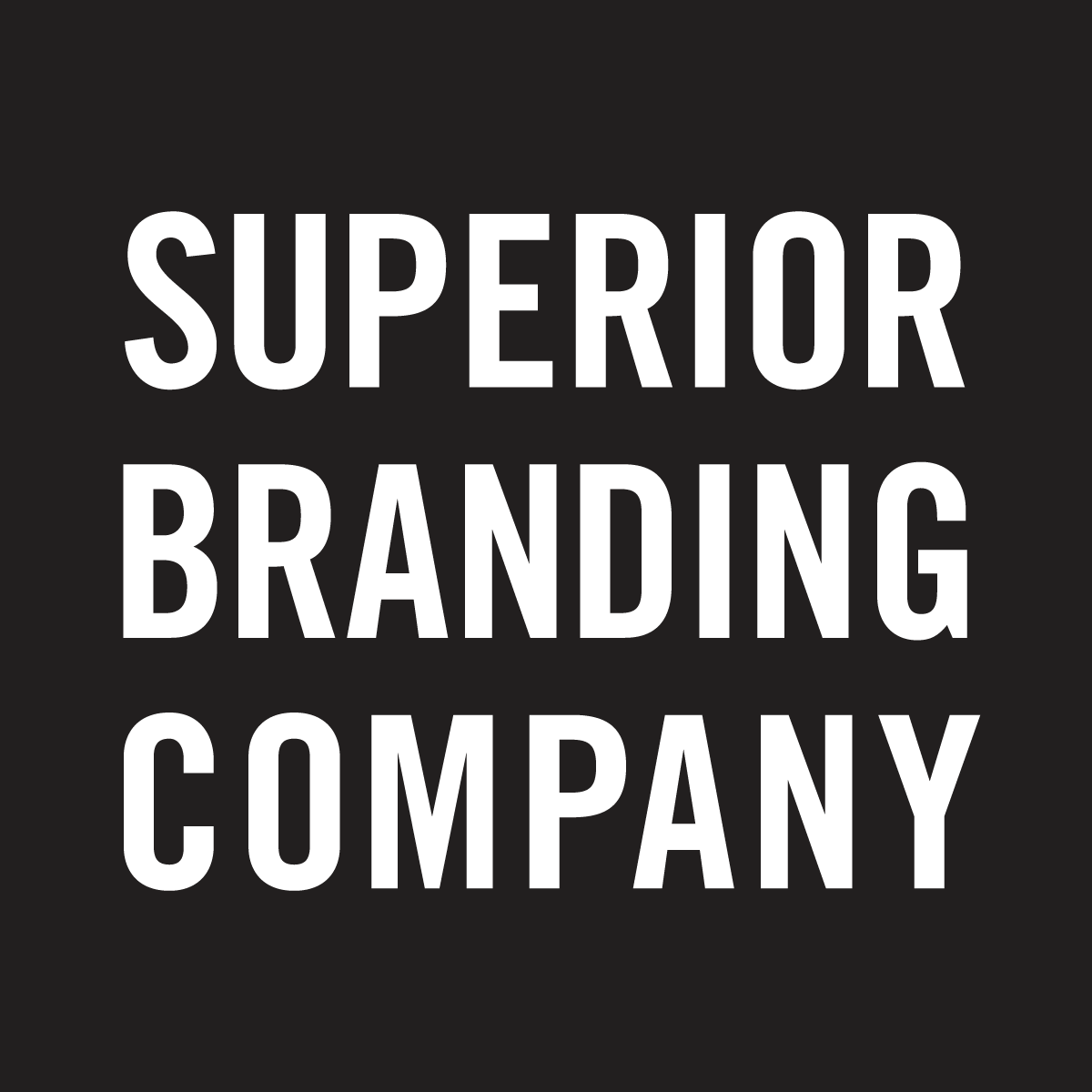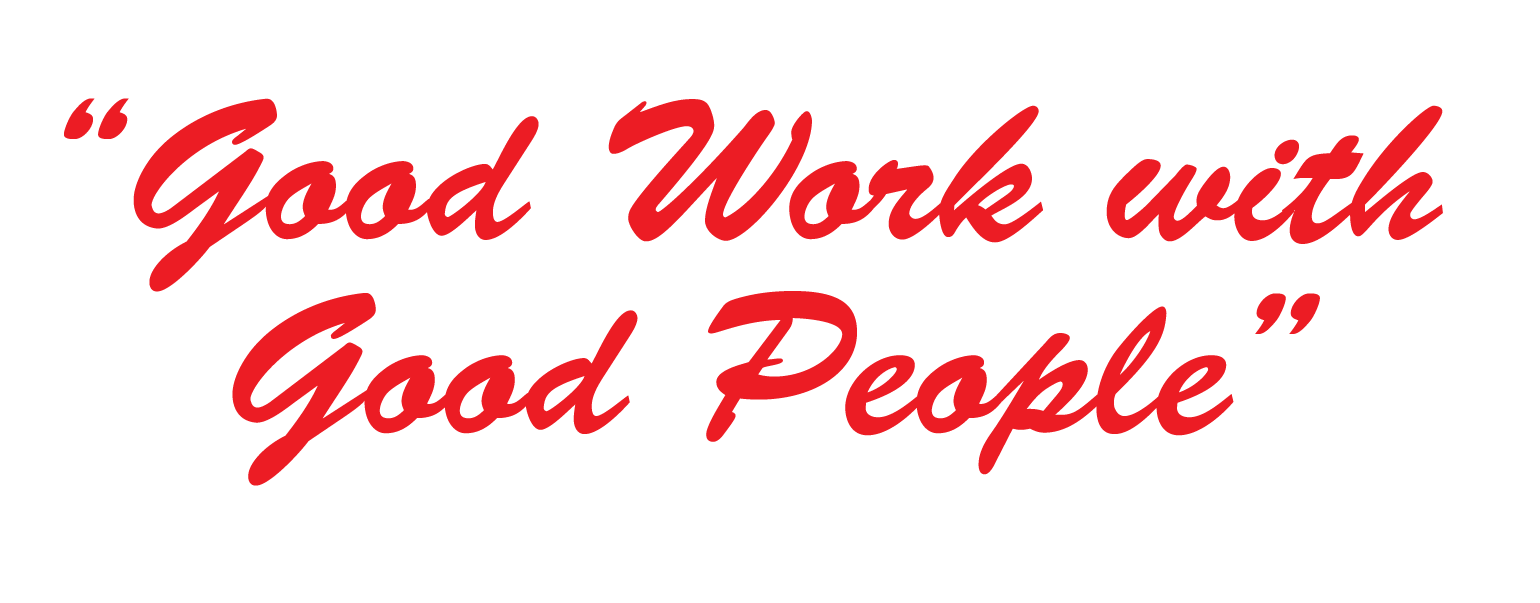Dynamic Archetypes Part I
Listening
How Do Traditional Brand Archetypes Function?

As we build brands in a rapidly changing marketplace, “Dynamic Archetypes” represent a new understanding in the field of archetypal study and practice. We’re supplementing the fixed notion of an “imaged” or traditional archetype with market-responsive ones. Dynamic archetypes are a dynamic set of complementary pairs that, when deployed in any system (in our case, branding and communications), provide a framework to navigate complexity and build authentic relationships.
We’ve created this series to introduce Dynamic Archetypes as the framework brands need to better understand themselves and the audiences they seek to reach.
As we build brands in a rapidly changing marketplace, “Engagement Archetypes” represent a new understanding in the field of archetypal study and practice. We’re supplementing the fixed notion of an “imaged” or traditional archetype with market-responsive ones. Engagement archetypes are a dynamic set of complementary pairs that, when deployed in any system (in our case, branding and communications), provide a framework to navigate complexity and build authentic relationships.
We’ve created this series to introduce Engagement Archetypes as the framework brands need to better understand themselves and the audiences they seek to reach.
Many of us are familiar with the 12 archetypes of branding, popularized in the 2001 book The Hero & The Outlaw by Margaret Mark. Mark’s work showed us that brands can orient themselves around powerful crystallizations of meaning and energy called archetypes. Images, words, behaviors and feelings, all the elements that make up a recognizable brand, are expressions of archetypes.
Archetypes at their core are energy and instinct, before becoming expressed in an image or behavior. Carl Jung said archetypes are: “universal, archaic patterns and images that derive from the collective unconscious and are the psychic counterpart of instinct. They are potentials which are actualized when they enter consciousness as images or manifest in behavior.”
Brand archetypes activate the archetypes inside each of us, and for this reason we are drawn to (or put off by) a brand. A classic example: Harley Davidson taps into the “rebel” within us that is otherwise unrealized in our lives. The power of our inner rebellious instinct is dangerous to reckon with as an individual, so we project it onto Harley Davidson, using the brand as a way to safely express this energy. In this way a brand acts as a container to hold the archetypal projection of individuals.
Individuals and institutions similarly hold the power of archetypes for for us. Celebrities hold our archetypal projection of beauty and success, political parties hold our projection of a tribalistic identity, religions hold and define the most powerful archetype of all, our conception of God. We even project archetypes onto people we dislike, in order to make sense of the parts of ourselves we don't want to acknowledge.
If the projection of the archetype is healthy, it can build community, motivate change, and provide a sense of connection to something bigger than ourselves. Conversely, if we over-identify with the container that holds the archetype, it can lead to blind-faith and fundamentalism. In Jungian terms, this over-identification is called an “inflation,” and it can bring us to give up our reason or personal agency to a leader, institution, or close relationship. When we ultimately disassociate the object of projection from the archetype, we are left to deal with the archetypal energy ourselves. We quickly find another person, object or institution on which to project the archetype. It’s like grounding a wire, the energy needs somewhere to go.
We can see how this powerful, instinctual energy that we all share is “actualized” in brands. Nike is literally is the Goddess of victory (The Hero archetype), Disney invokes The Magician within us, Apple at their core touches a deep desire for forbidden knowledge represented by the Garden of Eden: to be the insider. Like charismatic leaders and institutions, brands hold, mediate, and diffuse this potential energy for us - they are totemic.
The application of archetypes to branding was a significant contribution to brand design. It introduced an awareness of how intensely brands can tap into the deepest parts of our personal and collective psyche. When brands are being created or revisioned, the exploration of a chosen archetype is foundational to the process. The most enduring brands intentionally use archetypes to develop an instinctual desire for what they offer and a sense of community around it.
Many of us are familiar with the 12 archetypes of branding, popularized in the 2001 book The Hero & The Outlaw by Margaret Mark. Mark’s work showed us that brands can orient themselves around powerful crystallizations of meaning and energy called archetypes. Images, words, behaviors and feelings, all the elements that make up a recognizable brand, are expressions of archetypes.
Archetypes at their core are energy and instinct, before becoming expressed in an image or behavior. Carl Jung said archetypes are: “universal, archaic patterns and images that derive from the collective unconscious and are the psychic counterpart of instinct. They are potentials which are actualized when they enter consciousness as images or manifest in behavior.”
Brand archetypes activate the archetypes inside each of us, and for this reason we are drawn to (or put off by) a brand. A classic example: Harley Davidson taps into the “rebel” within us that is otherwise unrealized in our lives. The power of our inner rebellious instinct is dangerous to reckon with as an individual, so we project it onto Harley Davidson, using the brand as a way to safely express this energy. In this way a brand acts as a container to hold the archetypal projection of individuals.
Individuals and institutions similarly hold the power of archetypes for for us. Celebrities hold our archetypal projection of beauty and success, political parties hold our projection of a tribalistic identity, religions hold and define the most powerful archetype of all, our conception of God. We even project archetypes onto people we dislike, in order to make sense of the parts of ourselves we don't want to acknowledge.
If the projection of the archetype is healthy, it can build community, motivate change, and provide a sense of connection to something bigger than ourselves. Conversely, if we over-identify with the container that holds the archetype, it can lead to blind-faith and fundamentalism. In Jungian terms, this over-identification is called an “inflation,” and it can bring us to give up our reason or personal agency to a leader, institution, or close relationship. When we ultimately disassociate the object of projection from the archetype, we are left to deal with the archetypal energy ourselves. We quickly find another person, object or institution on which to project the archetype. It’s like grounding a wire, the energy needs somewhere to go.
We can see how this powerful, instinctual energy that we all share is “actualized” in brands. Nike is literally is the Goddess of victory (The Hero archetype), Disney invokes The Magician within us, Apple at their core touches a deep desire for forbidden knowledge represented by the Garden of Eden: to be the insider. Like charismatic leaders and institutions, brands hold, mediate, and diffuse this potential energy for us - they are totemic.
The application of archetypes to branding was a significant contribution to brand design. It introduced an awareness of how intensely brands can tap into the deepest parts of our personal and collective psyche. When brands are being created or revisioned, the exploration of a chosen archetype is foundational to the process. The most enduring brands intentionally use archetypes to develop an instinctual desire for what they offer and a sense of community around it.
Much has changed since 2001. As brand designers we have to ask ourselves: In the conversational marketplace, are traditional archetypes enough?
Much has changed since 2001. As brand designers we have to ask ourselves: In the conversational marketplace, are traditional archetypes enough?
The twelve traditional brand archetypes:
The twelve traditional brand archetypes:
The Caregiver is moved by compassion, generosity and selflessness to help and serve others. Examples include Campbell's, Johnson & Johnson and TOMS shoes.
The Every Person believes in the inherent worth and dignity of all--expecting very little from life but committed to teaching through empathy, realism and street smarts. Examples include Gap, Habitat for Humanity and Trader Joe's.
The Hero is tough and courageous, overcomes tremendous obstacles and persists in difficult times. They are most fulfilled when they can rise to or overcome a challenge. Examples include Nike, Robert Irvine and the U.S. Army.
The Innocent is a spontaneous, trusting child who always sees the bright side of a situation and is able to maintain an optimistic, spontaneous, trusting outlook. Examples include Charmin, Avon and Hello Kitty.
The Explorer moves past the known to explore new, uncharted territories. When crowds go one way, explorers choose a completely different path, embracing the journey rather than the destination. Examples include The North Face, Subaru and Starbucks.
The Rebel embodies rage about structures that no longer serve, even when these structures are supported by societies and our conscious choices. Rebels are rule breakers and catalysts for change. Examples include Harley Davidson, Virgin and Diesel.
The Lover lives to experience pleasure, achieve intimacy and follow bliss. Examples include Victoria's Secret, BMW and Godiva.
The Creator fosters imaginative endeavors, aiming to express and turn away from mediocrity. Examples include HGTV, Canon and Lego.
The Jester lives to have a good time, making the most mundane experiences something fun. Examples include GEICO, Taco Bell and Skittles.
The Sage seeks the truths that will set us free in seeing the world objectively and providing course-corrective solutions based on objective analysis of our actions and choices. Examples include CNN, Oprah and The Wall Street Journal.
The Magician seeks out the fundamental laws of science and metaphysics to understand how to transform situations, influence people, and transform visions into reality. Examples include TED, Disney and AXE.
The Ruler inspires us to take responsibility for our own lives in our society and in the world at large by creating environments that invite gifts and perspectives of all concerned. Examples include Rolex, Rolls Royce and American Express.
Get the quarterly newsletter
CONTACT US | OUR STORE | INSTAGRAM
hello@superiorbranding.co
©2022 Superior Branding Enterprises, Inc.

